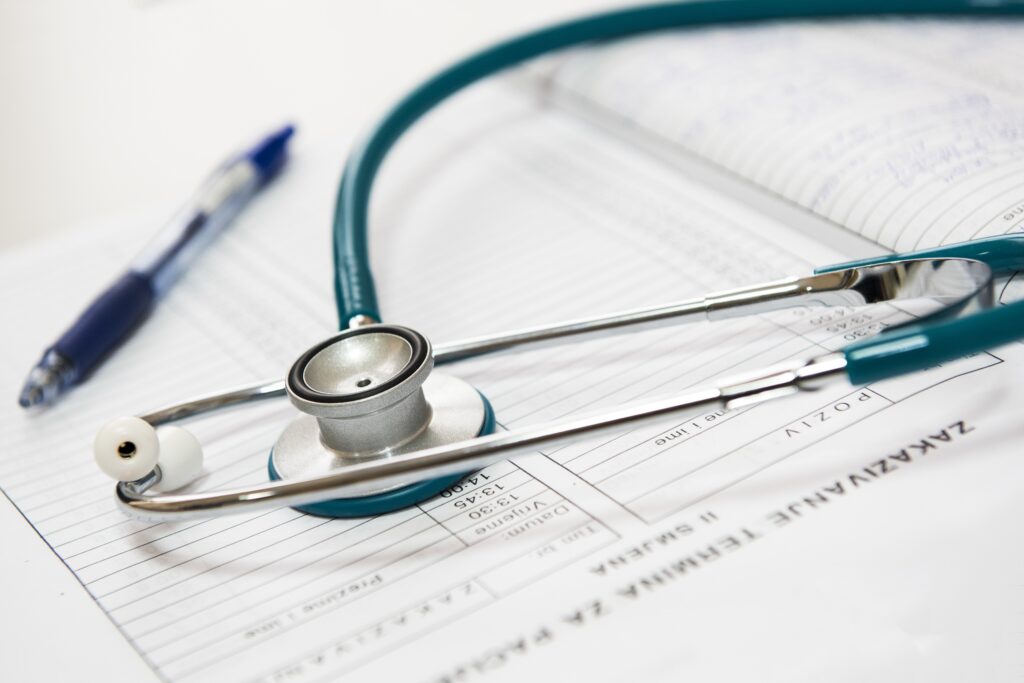The actual idea of medical care implies there is a large number of resources being utilized consistently, from drugs and greetings tech hardware to latex gloves and paper towels.
In huge associations, similar to NHS believes, it very well may be simple for these resources to disappearing or for consumables to run out when they are being utilized across different locales and where there is a consistent development of staff and patients.
These things joined have made resource following a genuine test for administrators. Presently, notwithstanding, the presentation of REID innovation is changing the manner in which resources are overseen. Here we’ll take a gander at how it is helping the medical care area to improve patient security and results, increment effectiveness, and lower costs.
How RFID works
RFID is a reasonable, remote innovation that empowers huge volumes of things to be found, recognized, and cooperated with. It additionally empowers associations to follow the stock and keep exact records of resource use and support.
RFID works by connecting a little tag, containing a meager central processor, to a thing. Labels come in different structures, maybe the most valuable for medical services habitats being a cement name. Each tag has an extraordinary ID, which permits the resource for which it is connected to be checked. Following is empowered by introducing peruses in and around the medical services climate with the goal that when a tag is nearby a peruse its area is recorded.
Peruses can be set on passageways towards and theaters, on the entryways of secure drug cupboards, on racks away zones, and elsewhere in the office. As most labels are aloof and needn’t bother with their own force source, a solitary tag can be utilized for the existence of the resource.
Lessening costs
Discovering approaches to set aside cash without cutting patient administrations is basic for a medical care administration under the monetary pressing factors.
RFID resource following can assume a critical part in this by forestalling the deficiency of resources, improving the administration of consumables, and giving nitty-gritty information to help settle on educated decisions later on.
Finding lost resources forestalls the need to purchase new ones. In enormous offices without RFID following, it tends to be simple for hardware to move with a patient starting with one ward then onto the next and get neglected.
With RFID, it is not difficult to monitor every one of the resources inside the whole office. Streetcars, beds, heart screens, and so forth, can be found and recovered just by signing into the IT framework. With regards to consumables, following which things are as yet in the stores gives those settling on buy choices exact information about what does and needn’t bother with buying – forestalling cash being squandered purchasing what there is now a lot of.
Maybe of much more noteworthy significance is that following what leaves stockpiling gives a precise record of the interest for consumables after some time, giving a nitty-gritty knowledge that can prompt expanded efficiencies later on.
Improving patient wellbeing and results
The essential justification following the whereabouts of daily routine saving hardware is that it saves experiences. In the event that a basic piece of hardware has been advanced starting with one ward then onto the next, there’s a possibility it probably won’t move returned straight away.
At the point when the following nursing group starts their shift, they may not have the foggiest idea about the thing that has been eliminated and, if a crisis happens, the basic hardware may not be accessible. With RFID following, the whereabouts of that thing can be right away found and it tends to be recovered. To be sure, this framework can be utilized by group pioneers to guarantee that when their shift closes, all lent-out hardware is found and gotten back to where it should be for when the following group begins.
RFID can follow different things other than hardware, for example, finding the closest drugs or sorts of blood in a crisis.
An extra advantage is that guaranteeing all gear is rapidly open lessens holding up occasions, assisting those in earnest need with being managed all the more expediently, and improving the progression of patients in places like A&E.
Improving proficiency
One of the additional benefits of RFID resource following is that stock chronicle can be robotized. At the point when a thing is taken out of a store, staff doesn’t have to finish the paperwork for it and nobody needs to do a stock take toward the finish of a shift.
This saves time, opening up staff to zero in on tolerant consideration. Verifiable records produced by RFID can likewise build productivity. On the off chance that records show that somebody from the award needs to make numerous visits to a store to recover things in a solitary day, it bodes well to bring everything required in a solitary visit, along these lines saving time over the long haul. By and large, every day.
Following patients and staff
The main resources of any medical care association are its patients and staff and RFID can be utilized to follow these as well. Every individual can be given an RFID wristband empowering them to be found regardless of where on the site they are – even across various destinations. For patients, these wristbands can likewise be connected to their clinical records and individual data.
Knowing the area of patients is critical, particularly on the off chance that they are youngsters or weak grown-ups. In any event, for different patients, it’s imperative to have the option to find their whereabouts on the off chance that.
where to discover them. From getting a good deal on paper towels to guaranteeing a patient has the meds, gear, and confirmed clinical ability they need in a crisis, RFID labels and peruses, for example, those accessible from Universal Smart Cards, give the resource following arrangement that helps medical care associations convey better administrations all the more productively and at lower costs.
